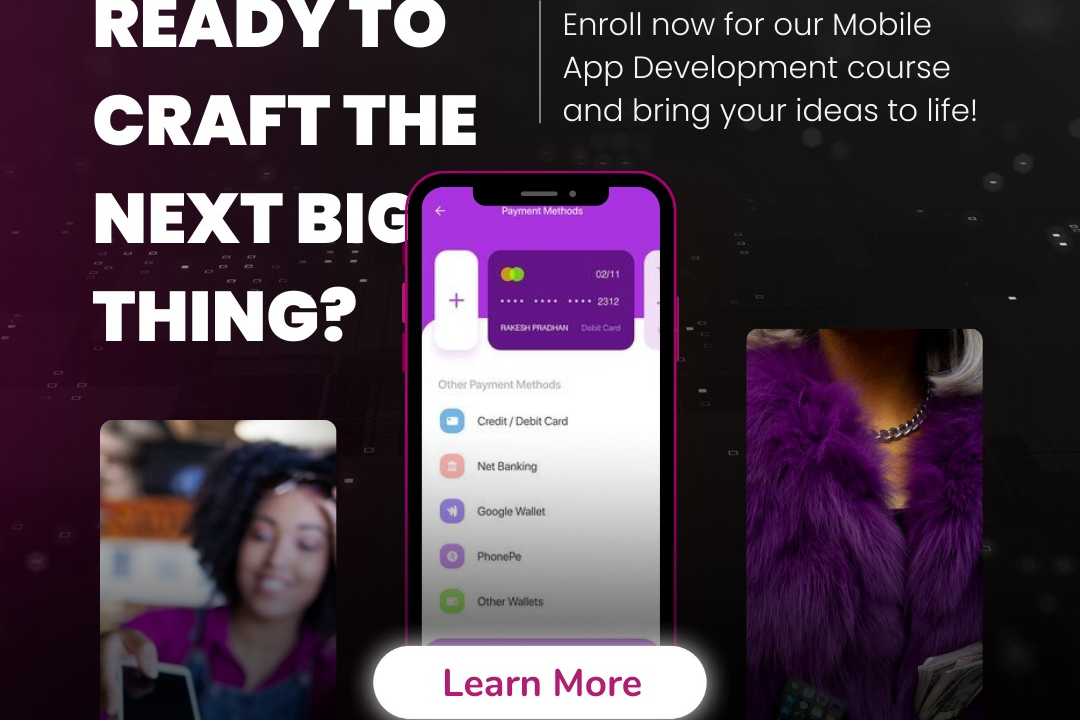Cross-Platform Development (React Native, Flutter)
Enhanced Cross-Platform Development: React Native & Flutter Solutions
Cross-Platform Development (React Native, Flutter)
Cross-platform development allows developers to create applications that run on multiple operating systems using a single codebase, significantly reducing development time and costs. Two popular frameworks for this purpose are React Native and Flutter. React Native, developed by Facebook, allows developers to build mobile apps using JavaScript and React, offering a rich ecosystem of libraries and a performance close to native applications by using native components. Flutter, developed by Google, leverages the Dart programming language and provides a highly customizable UI toolkit and fast development cycles with features like hot reload. Both frameworks enable developers to deliver seamless user experiences across iOS and Android, but they differ in their architecture and performance characteristics, making the choice between them dependent on specific project requirements and team expertise.
To Download Our Brochure: https://www.justacademy.co/download-brochure-for-free
Message us for more information: +91 9987184296
1 - Definition of Cross Platform Development: Cross platform development refers to the ability to create applications that run on multiple operating systems (iOS, Android, Windows, etc.) using a single codebase, reducing development time and cost.
2) Overview of React Native: React Native is an open source framework developed by Facebook that allows developers to build mobile applications using JavaScript and React, providing a native look and feel.
3) Overview of Flutter: Flutter, developed by Google, is an open source UI toolkit for building natively compiled applications for mobile, web, and desktop from a single codebase, using the Dart programming language.
4) Advantages of Cross Platform Development: By creating a single app for multiple platforms, developers can minimize code duplication, streamline the development process, and reduce maintenance costs.
5) Fast Development Cycle: Both React Native and Flutter offer hot reloading, which allows developers to see changes in real time without restarting the app, speeding up the development process.
6) Rich UI Components: Flutter provides a wide range of built in, customizable widgets that enable developers to create visually appealing interfaces. React Native also offers a rich set of components and libraries.
7) Access to Native Features: Both frameworks allow access to native device features (camera, GPS, etc.) through APIs, enabling the development of feature rich applications.
8) Community and Ecosystem: React Native has a vast community and many third party libraries, which facilitate development. Flutter’s community is rapidly growing, with an increasing number of packages available.
9) Performance: Both frameworks offer near native performance. Flutter compiles to native ARM code, while React Native bridges JavaScript and native APIs effectively.
10) Learning Curves: React Native may have a gentler learning curve, especially for developers familiar with JavaScript. Flutter, while based on Dart, is increasingly user friendly and has excellent documentation.
11) Development Language: React Native uses JavaScript, which is one of the most widely used programming languages. Flutter uses Dart, which may require new learning but offers advantages in app performance.
12) State Management: React Native offers multiple state management solutions like Redux, MobX, and Context API, while Flutter provides built in solutions like Provider and Riverpod, which help in managing app state effectively.
13) Testing Support: Both frameworks support automated testing. React Native supports tools like Jest, while Flutter offers a rich testing framework for unit and widget testing.
14) Deployment: React Native apps can be deployed to both iOS and Android with minimal changes, while Flutter’s build process enables deployment to mobile, web, and desktop from the same codebase.
15) Job Opportunities: Proficiency in React Native and Flutter opens up numerous career opportunities in the tech industry, as many companies seek developers who can work across multiple platforms.
16) Real World Applications: Students will learn how popular brands and companies successfully use React Native and Flutter in their mobile applications, highlighting the practical use cases of these technologies.
17) Hands On Projects: The training program will include hands on projects where students will build real world applications using either React Native or Flutter, enhancing their practical experience.
18) Future Trends: Discussions on the future of cross platform development, including trends like mobile first development, needs of modern businesses, and the ongoing evolution of technologies like React Native and Flutter.
By offering insights into these points, the training program can equip students with the skills and knowledge necessary to thrive in the growing field of cross platform mobile application development.
Browse our course links : https://www.justacademy.co/all-courses
To Join our FREE DEMO Session: Click Here
Contact Us for more info:
Flutter Training in Pali
felight java & testing training institute bengaluru karnataka
Flutter Training in Rajpura
Modules In Software Testing
User Feedback In Android Apps











